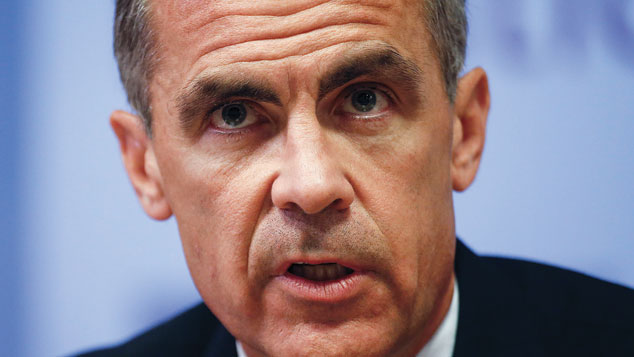
Last August, after the EU referendum, the Bank of England halved interest rates to 0.25% and restarted quantitative easing (QE). The “folly” of this “panicky” move “may be starting to sink in”, says Neil Collins in the Financial Times. Last week, three of the Bank of England’s Monetary Policy Committee (MPC) members voted to raise interest rates. While rates stayed at 0.25%, with the MPC down to eight members rather than the usual nine (new recruit, academic Silvana Tenreyro, has since joined), the vote was very tight indeed.
Quite right too. The annual rate of consumer price index (CPI) inflation is at a four-year high of 2.9%, above the Bank’s predicted peak for 2017. The old retail price index – which includes housing costs – is up to 3.7%. Note that the three MPC votes to hike came from “external members less susceptible to Bank groupthink”, as Alistair Osborne puts it in The Times. Loose money, along with sterling’s rise, is fuelling the jump in inflation, along with “a worrying increase in household debt”.
Unsecured consumer credit is set to hit levels not seen since the 2008 crash, says Shane Hickey in The Guardian. Credit-card borrowing is rising at its fastest rate in 11 years. Overall consumer-credit growth (excluding mortgages) hasn’t risen this fast since the pre-crisis peak, and household savings are back to their pre-crash low. Throw in solid growth, and last August’s cut looks like “an overreaction”, says Osborne. It has added to our private debt pile, and also gives Carney very little room for manoeuvre in case the economy weakens again.
Judging by his Mansion House speech this week, Carney is unconcerned. He argued once again that rates should stay put until the impact of Brexit is clearer. And a recent slowdown in consumer spending, which comprises the lion’s share of GDP, suggests rates could stay where they are, says Liam Halligan in The Sunday Telegraph. Yet even if they began climbing, they would still be “heavily negative” in real (after-inflation) terms. Also, it’s easy to overstate the impact: only a third of households have a mortgage, and more than half of those are on fixed rates.
The bigger issue, however, says Halligan, is that years of QE and negative interest rates have skewed Western economies beyond recognition, sustaining “zombie companies”, and forcing investors into “bubbly crash-prone assets” to find yield. Meanwhile “business owners are so spooked by outlandish monetary policy that they’re not investing.” A rate rise by the Bank would be a sign of getting back to normal, so it should boost confidence. Time to move – “if only once” for now.